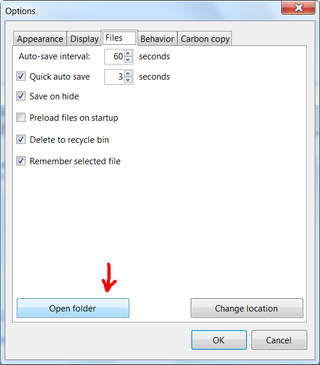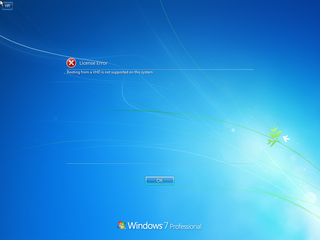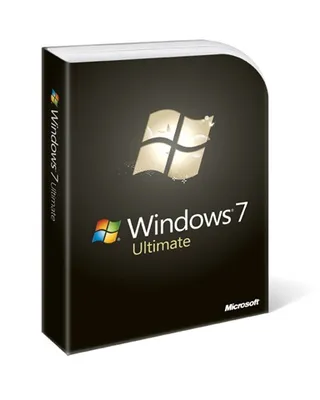Beta of Microsoft’s own anti-virus is out and account at Connect along with short survey is required before download may begin. While it was said that beta will be limited to USA, Israel, China and Brazil, I was able to download it anyhow (from Croatia).
Until now I was using freeware version of AVG anti-virus. Although I am it’s user for few years now, I was looking for replacement because of later version’s desire to attach it self in virtually every part of system. Most annoying ones were it’s attaching to e-mails and web pages. User interface was also quite annoying and you could never be clear at what exactly you have just done.
My two installations of Microsoft Security Essentials were on Windows 7 and Windows XP (Media Center Edition) and everything went without a hitch. Since download is fairly small (in range of 5 MB) and installation is really fast one, you are done with protecting yourself within minute.
User interface is clean and clear. While some would mind lack of advanced options, I find it quite refreshing. Bear in mind that in no way I can test how well it works in regards to actual task of catching viruses, so this alley will go unexplored.
What I can say is that I didn’t found anything wrong with it. If it is as good at catching actual viruses as other freeware solutions out there, I cannot find any reason why not to install it.
It is free after all.
[2009-06-30: Beta is closed. It seems that limit was set at 70,000 beta users. If you didn’t manage to download it now, you will need to wait until release.]
[2009-09-30: Final version is out there.]



